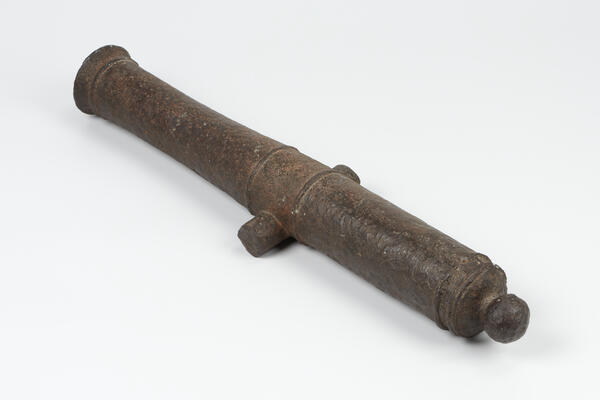The first reference to Ishim — as to a Korkina sloboda — was found in the late 17th century documents. The exact date of the settlement’s foundation is unknown, but researchers believe the period between 1670 and 1687 to be the most likely.
Until the first half of the 18th century, the Korkina Sloboda (a large village inhabited by free peasants) served as a military outpost, the central fortification of the Ishim defensive line, which protected the southern borders of Russia from the raids of the Kirghiz-Kaisat hordes. It was inhabited by white locals (those free from paying taxes), Cossacks, and peasants. The Korkina Sloboda very quickly became the center of agriculture in the district. In 1708, there were 247 households and 1390 inhabitants in 12 villages subordinate to it. The church parish of the sloboda in 1763 already included 469 households and 3966 people. Since 1782, by the Decree of Catherine the Great, the Korkina Sloboda became known as the town of Ishim of the Tobolsk viceroyalty. In the 19th century, factories and schools were opened in Ishim. And in 1921, the city became the center of the West Siberian Rebellion — the largest anti-Bolshevist armed demonstration of peasants, Cossacks, workers, and urban intelligentsia.
In the early 2000s, residents of the village of Pakhomovo, 8 km from Ishim, found a cannon that did not look at all like modern ones. For a fuller understanding of the find, the staff of the Ishim Museum asked for help from the weapons sector of “The Moscow Kremlin” State Historical and Cultural Museum.
Until the first half of the 18th century, the Korkina Sloboda (a large village inhabited by free peasants) served as a military outpost, the central fortification of the Ishim defensive line, which protected the southern borders of Russia from the raids of the Kirghiz-Kaisat hordes. It was inhabited by white locals (those free from paying taxes), Cossacks, and peasants. The Korkina Sloboda very quickly became the center of agriculture in the district. In 1708, there were 247 households and 1390 inhabitants in 12 villages subordinate to it. The church parish of the sloboda in 1763 already included 469 households and 3966 people. Since 1782, by the Decree of Catherine the Great, the Korkina Sloboda became known as the town of Ishim of the Tobolsk viceroyalty. In the 19th century, factories and schools were opened in Ishim. And in 1921, the city became the center of the West Siberian Rebellion — the largest anti-Bolshevist armed demonstration of peasants, Cossacks, workers, and urban intelligentsia.
In the early 2000s, residents of the village of Pakhomovo, 8 km from Ishim, found a cannon that did not look at all like modern ones. For a fuller understanding of the find, the staff of the Ishim Museum asked for help from the weapons sector of “The Moscow Kremlin” State Historical and Cultural Museum.



